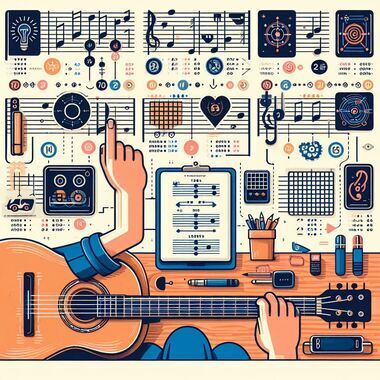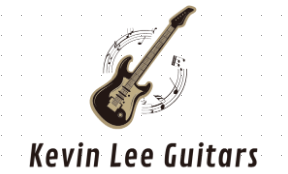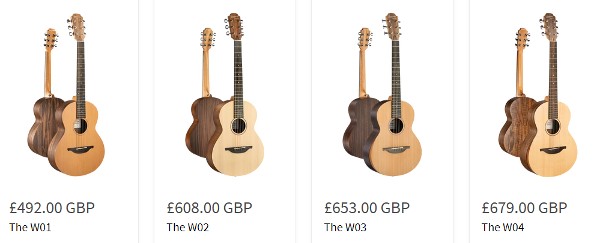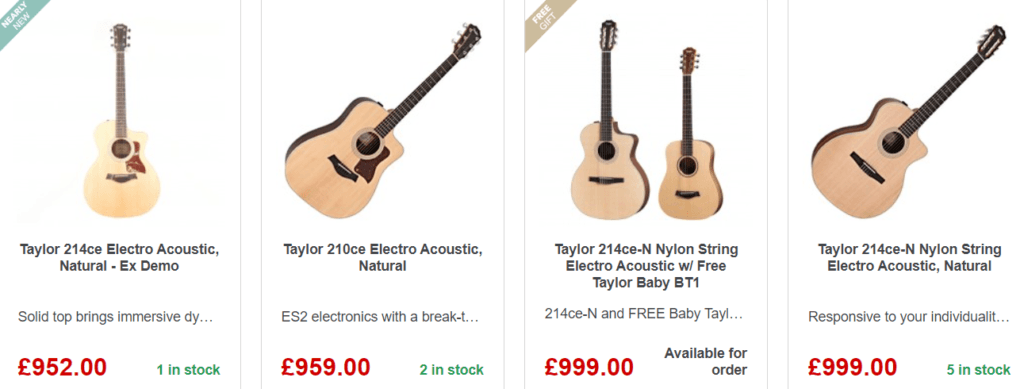Strumming the Numbers: A Beginner’s Guide to Reading Guitar Tablature
Embarking on your musical journey with the guitar brings excitement and a bit of mystery, especially when it comes to reading guitar tablature, or tabs, as they’re affectionately known. Unlike traditional music notation, tabs offer a simpler, more intuitive way to learn and play music. Let’s break down the basics of reading guitar tabs to help you move from confusion to confidence.

What is Guitar Tablature?
Guitar tablature is a visual representation of the guitar’s strings and frets, showing you exactly where to place your fingers on the fretboard. Imagine it as a map that guides your journey across the strings.
The Strings and Their Order:
A tab consists of six horizontal lines, each representing a string on the guitar. The bottom line corresponds to the low E string (the thickest one), ascending to the high E string (the thinnest one) at the top.
Decoding the Numbers:
On these lines, you’ll find numbers. Each number indicates a specific fret on the fretboard where you need to press down. For example, a “3” on the bottom line means you should press the third fret on the low E string.
Playing Chords and Melodies:
- Single Notes: Single numbers across the lines denote individual notes. Playing these in sequence forms a melody.
- Chords: When numbers are stacked vertically, they represent a chord. Press down all the indicated frets and strum the corresponding strings simultaneously.
Special Symbols:
Tabs also come with symbols that denote various playing techniques:
- Hammer-ons (h) and Pull-offs (p): Indicate a fluid transition between notes without re-picking.
- Slides (\ or /): Tell you to slide your finger from one fret to another.
- Bends (b): Suggest bending the string to reach a higher pitch.
- Mutes (x): Indicate that the string should be muted or played without a clear pitch.
Rhythm and Timing:
One limitation of tabs is their lack of timing information. To overcome this, listen to the song while you practice the tab to get a feel for the rhythm and pacing.
Practice Makes Perfect:
Start with simple songs and practice regularly. As you become more comfortable reading tabs, you’ll find it easier to learn new songs and express your musical ideas.
Join the Community:
Engage with online forums and social media groups dedicated to guitar playing. Sharing experiences and tips with fellow beginners can be incredibly motivating.
The Joy of Learning:
Remember, reading tablature is just the beginning. With each song you learn, you’re not just memorizing notes but embracing the joy of music and the unique voice of the guitar.
By demystifying guitar tablature, you’ve taken a crucial step toward fluency in the language of music. Keep strumming, keep exploring, and let your guitar sing!




